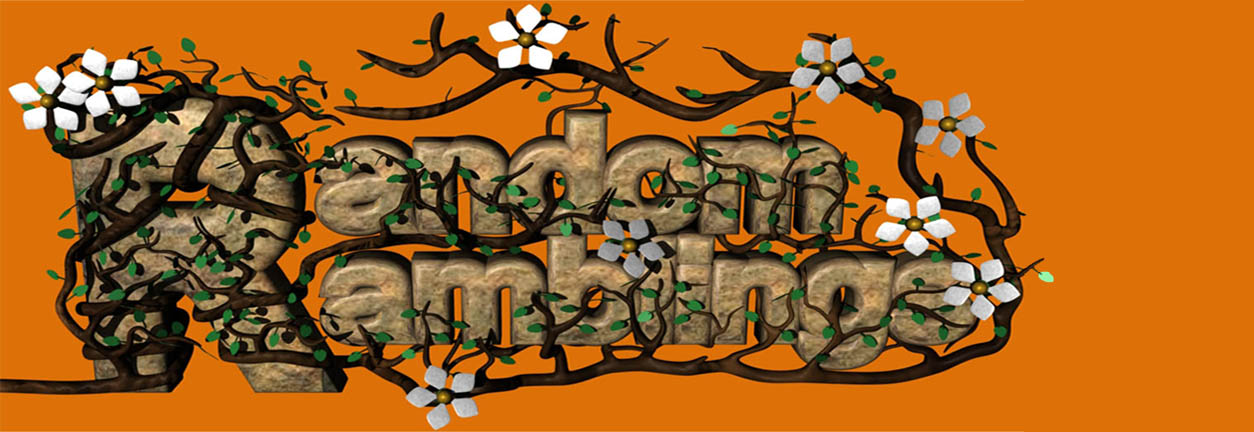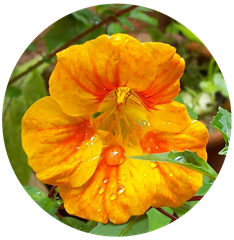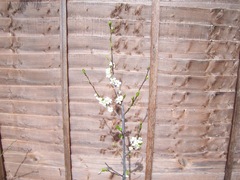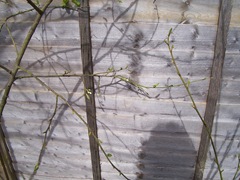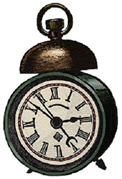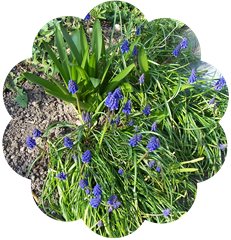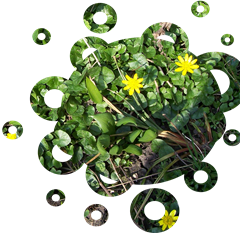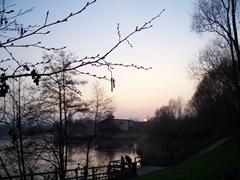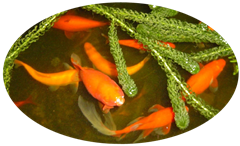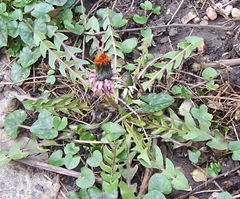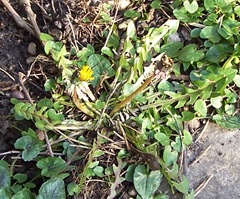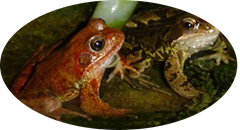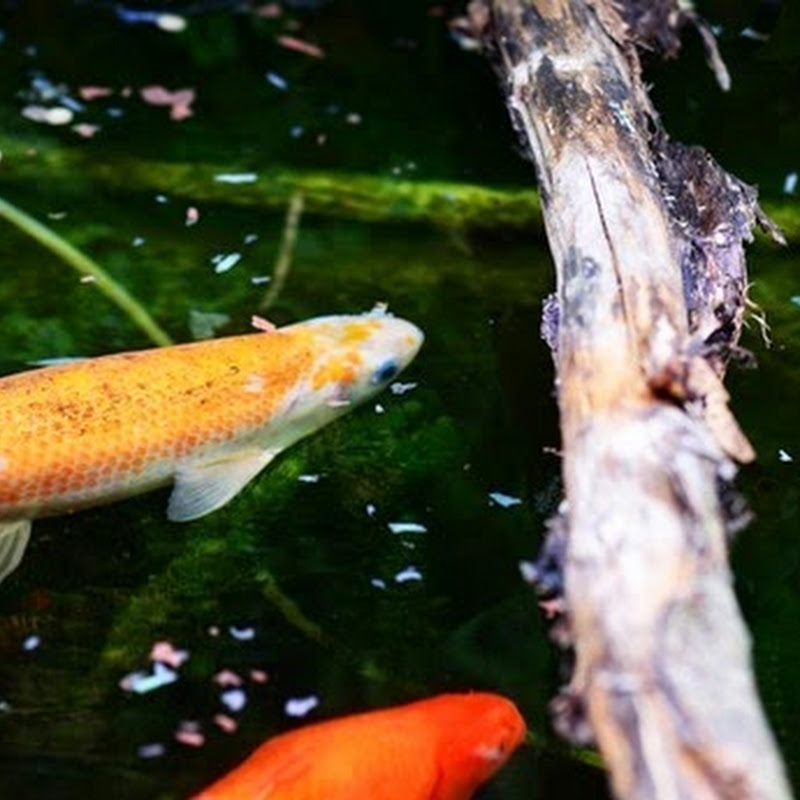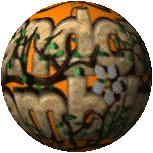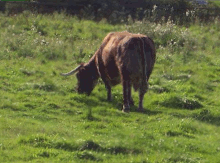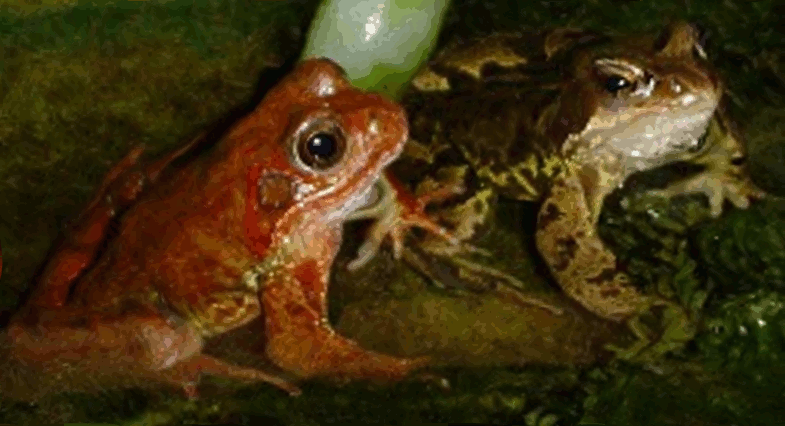Today is the very last day of March and for those who like especially colourful gardens it is known as nasturtium planting day. My mother first introduced me to this wonderful plant as a young child and I can remember being totally spellbound when I found out that this bright shock of colour was edible. Locals would pickle the seeds, which are similar to capers, toss the flowers in salad bowls and wash the young tender top leaves and use them as they would watercress. Little girls would grip the flowers in their hair and pretend that they had been spirited away to a paradise island.
It was always drummed into me how important it was to sew the seeds on the last day of March. Firstly, the wet weather makes the large crinkly seeds swell and sprout very quickly. Secondly, planting today gives the plant plenty of time to mature so that there is a never ending supply of the beautiful bright blooms all through the colour.
The flowers are quite mild to the taste but the leaves and seeds are very peppery. A small portion of nasturtiums help to purify the blood. In the past the plant has been used to help in conditions of urinary infection and allegedly is claimed to help with the kidneys. It was also used for chest infections and even such conditions as bronchitis. The plant is purported to have aphrodisiac properties.
